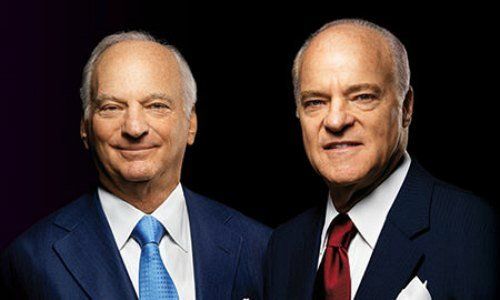Kohlberg Kravis Roberts (KKR) creative
approach to large scale buyouts transformed the American financial market. By pursuing
large-scale leveraged buyouts (LBO), investment banks and other investors
followed KKR in focusing on M&A between 1980 and 1990. I will summarise how KKR’s business model, explain the financial obstacles it overcame and
argue that this model was effective to financing innovation in theory but failed
in practise.

1)Who were KKR
KKR’s specialised in buying and
selling control of companies they thought they could reorganise to make more
valuable. By identifying underperforming or undercapitalised firms, they could
then purchase it through a LBO and restructure it. By supplying specialised managers
to the firm, KKR was able to transform firms into profitable and valuable
companies. After KKR’s first success stories, commercial banks and pension
funds were eager to provide capital for further investment – Washington’s
pension fund entrusted $100m (10% of KKR’s total fund) in 1984 to KKR for
investment.
KKR’s success promoted LBOs by other investment banks and hedge funds
culminating in an era of megadeals between 1985 and 1989 and a peak in the
number of hostile takeovers.
2) Why were KKR successful?
 |
KKR founders George Roberts and Henry Kravis
|
2) Why were KKR successful?
KKR’s success was due to its
innovative approach to dealing with management. Previously, takeovers were difficult
due to investor’s collective action and monitoring problem. Kaufman explains that LBO;s reduced collective action problems and agency costs by aligning managerial
and property interests through common ownership.
By granting managers substantial equity holdings in the firm, monitoring costs
were reduced, whilst they had an individual motivation to make the firm as successful
as possible. Additionally, by KKR aligning its interests with those of institutional
investors, the cost of collective action was also reduced. This made financing
much easier. Profits were readily available to KKR through its fee structure,
and placing the debt on the company, so financial risk was minimised.
 |
| KKR Portfolio |
3) Why did they fail?
Nevertheless, this model failed
to be conducive to financing innovation. KKR was successful and the companies
it bought were able to reorganise and innovate in order to stay competitive. Kaufman
described KKR as an ‘industrial entrepreneur’ by 1992. However, the model failed since it led to bidding wars between investment
banks which moved to taking up reckless equity positions in order to make quick
profits. This concluded in a junk-bond market crash of 1990. The use of LBO to
buy a firm, although helpful, only worked when done by specialists with the correct
motivations – to finance innovation for a firm to become more competitive. Not
to make a quick profit.
 |
| Downward decline |
Overall, KKR was successful
since it was able to minimise the traditional agency costs that have troubled
managerially controlled firms. It delivered financing for firms to innovate. However,
LBO’s caused a market crash and did not succeed in financing innovation for the
wider financial community.
Comments
Post a Comment